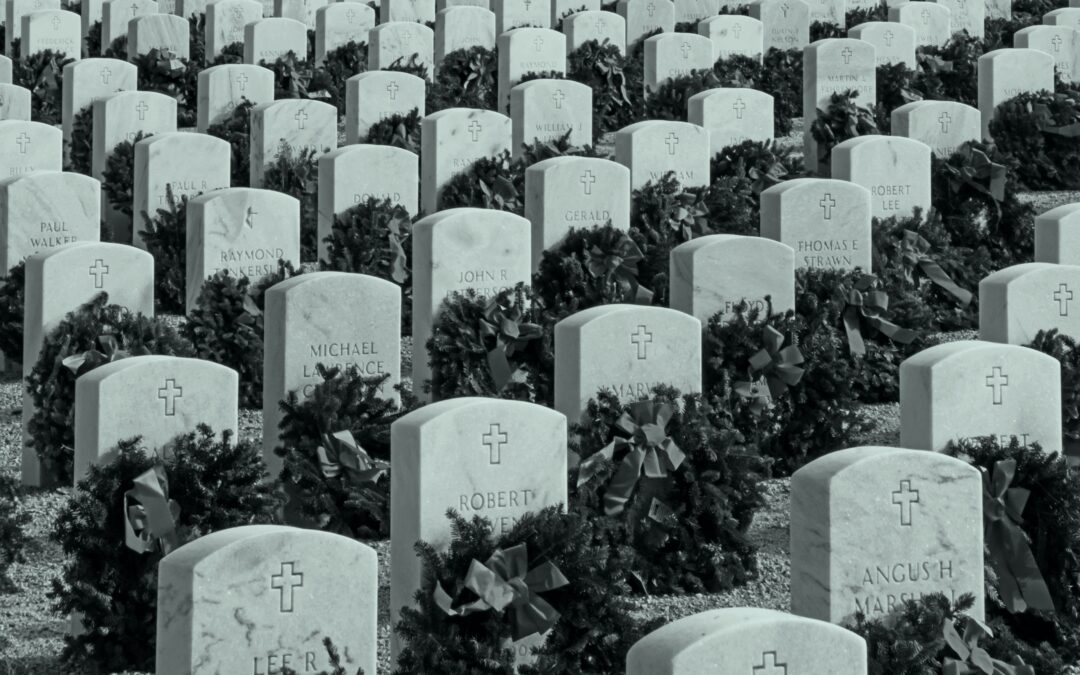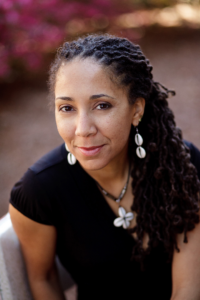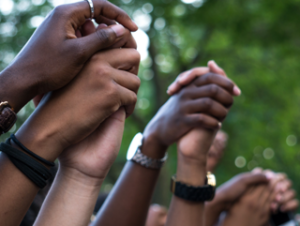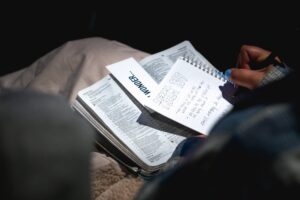I come from people who visit graves. My maternal grandfather died when my mother was an infant. She grew up going to visit her father’s grave. I grew up the same way. Whenever I’m in the general area of the cemetery, I go to visit, now to the graves of my maternal grandmother and my father as well.
I lay flowers, dust off the grave, introduce new members of the family. This is how my family remembers those who have passed over.
It’s akin to the ways that people lay candles, figures of saints, small wooden crosses and flowers near the side of the road where someone died in a car crash. On a birthday. Or the anniversary of the accident.
These acts are not a substitute for the memorial service or funeral. But it’s another way to publicly express grief.
In the aftermath of the shooting at Sandy Hook Elementary School in Newtown, CT, people have taken to social media to express their grief. Throughout Twitter (under #PrayforNewtown) and Facebook, people are creating pages and sharing pictures. We are remembering the children who were killed, posting pictures of heroic teachers who placed themselves between the children and the gunman, and writing long status updates about our confusion, shock, and need to hug our own children even tighter.
I’ve seen pastor-friends encourage one another on Facebook as they prepared to preach on the Sunday after such a horror. They’ve expressed their theological stupor, asked for guidance, and surmised about the best thing to say. I’ve seen links to articles reminding us that children are killed far too often—not just in Newtown, but also in Chicago and Pakistan and the Congo (to name a few). It’s our global duty to remember and mourn them all.
Many clergy have used new media as a time to offer love, mercy, compassion and silence in the midst of tragedy. I’ve especially appreciated how Rev. Emily C. Health offered care to many through a Huffington Post article indicating the most (and worst) theologically sensitive things to say in a situation like this. There are calls for spiritual activism—to fast, to rally, to petition.
I received an email about people gathering in a local church the evening of the Sandy Hook School shooting, asking that we come together to embrace the verses laid out so well in Ecclesiastes—that there is a time to mourn, a time to rage, a time for tears, a time without answers or action. I found that place online, with friends and strangers. For the weekend, the Internet became a roadside marker, a gravesite, a place to mourn, rage, cry and stammer. We updated, Tweeted and texted to create a community of faith and publicly grieve.
(Originally posted with The New Media Project here)




